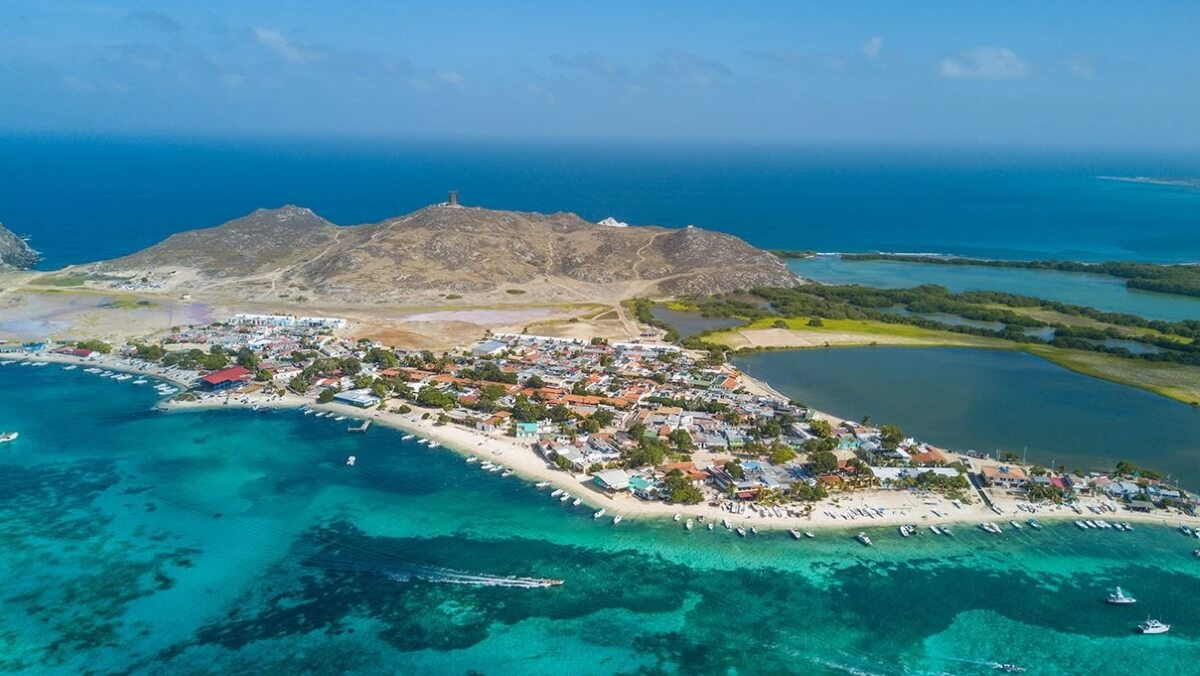Venezuela, situated on the northern coast of South America, is a land of incredible diversity and beauty. From the vast Amazon rainforest to the towering Andes Mountains, Venezuela offers a stunning array of landscapes, a rich cultural heritage, and vibrant natural wonders. Whether you’re drawn to its majestic waterfalls, unique wildlife, or historical significance, Venezuela promises a journey filled with adventure and discovery.
Table of Contents
Geography
Venezuela spans approximately 916,445 square kilometers, making it the 33rd largest country in the world. The country is characterized by its diverse geography, which includes coastal plains, expansive savannas, dense rainforests, and rugged mountains. This variety in terrain creates a rich tapestry of natural environments.
The northern border of Venezuela is lined by the Caribbean Sea, offering beautiful coastal regions with pristine beaches and clear blue waters. The eastern part of Venezuela is home to the Orinoco River, one of South America’s longest rivers, flowing through the country’s vast lowlands and supporting a diverse ecosystem.
The Andes Mountains extend into the western part of Venezuela, featuring peaks such as Pico Bolívar, the highest point in the country at 4,978 meters above sea level. This mountain range provides stunning vistas and opportunities for outdoor activities, including hiking and climbing.
In the south, the Amazon Basin covers a significant portion of Venezuela, containing some of the world’s most biodiverse rainforests. This region is rich in flora and fauna, offering a haven for nature enthusiasts and wildlife lovers.
States of Venezuela
Here’s a table listing all 25 states of Venezuela along with their capitals:
| No. | State | Capital |
|---|---|---|
| 1 | Amazonas | Puerto Ayacucho |
| 2 | Anzoátegui | Barcelona |
| 3 | Apure | San Fernando de Apure |
| 4 | Aragua | Maracay |
| 5 | Barinas | Barinas |
| 6 | Bolívar | Ciudad Bolívar |
| 7 | Carabobo | Valencia |
| 8 | Cojedes | San Carlos |
| 9 | Delta Amacuro | Tucupita |
| 10 | Falcón | Coro |
| 11 | Guárico | San Juan de los Morros |
| 12 | Lara | Barquisimeto |
| 13 | Mérida | Mérida |
| 14 | Miranda | Los Teques |
| 15 | Monagas | Maturín |
| 16 | Nueva Esparta | La Asunción |
| 17 | Portuguesa | Acarigua |
| 18 | Sucre | Cumaná |
| 19 | Táchira | San Cristóbal |
| 20 | Trujillo | Trujillo |
| 21 | Vargas | La Guaira |
| 22 | Yaracuy | San Felipe |
| 23 | Zulia | Maracaibo |
| 24 | Capital District (DC) | Caracas |
| 25 | Federal Dependencies | Various Islands |
History
Venezuela’s history is a tapestry woven with indigenous cultures, Spanish colonization, and a fierce struggle for independence. Before European contact, the region was inhabited by various indigenous tribes, including the Caribs, Arawaks, and Pemon. These tribes had rich cultural traditions and a deep connection to the land.
The Spanish arrived in the early 16th century, leading to the colonization of Venezuela and the establishment of New Granada. The Spanish influence shaped the country’s early history, as European settlers introduced new customs, languages, and religious practices.
The fight for independence began in the early 19th century, with Venezuela playing a significant role in the liberation movements across South America. Key figures in this struggle included Simón Bolívar, known as “El Libertador,” who led the effort to free Venezuela and other South American countries from Spanish rule. Venezuela achieved its independence in 1821, becoming part of the Gran Colombia federation before becoming a separate nation in 1830.
Throughout the 20th century, Venezuela experienced periods of political instability and economic fluctuations. The country transitioned from military to democratic rule in the 1950s, and its oil industry began to play a crucial role in its economy. However, recent decades have brought challenges, including economic difficulties, political unrest, and social issues. Despite these struggles, Venezuela’s cultural heritage and natural beauty remain resilient.
Must-Visit Destinations
1. Angel Falls
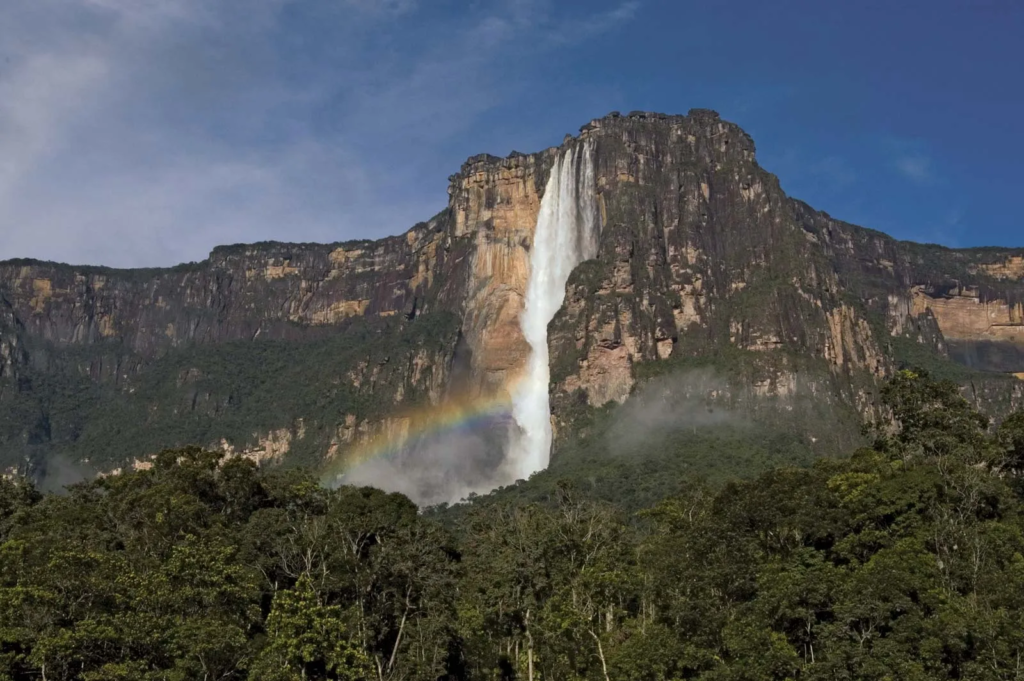
Angel Falls, the world’s highest uninterrupted waterfall, is one of Venezuela’s most breathtaking natural wonders. Located in Canaima National Park, Angel Falls cascades from a height of 3,212 feet (979 meters) into a lush rainforest below. The falls are named after Jimmy Angel, an American aviator who first discovered them in 1933. Visitors can reach Angel Falls by taking a riverboat trip along the Carrao River and then hiking through the dense jungle to witness the stunning sight.
2. Canaima National Park
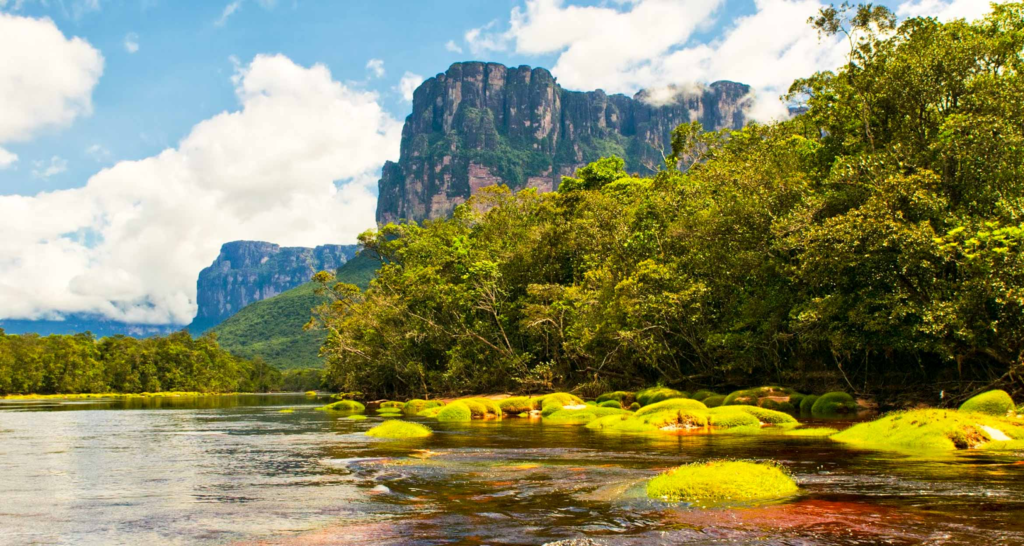
Canaima National Park, a UNESCO World Heritage site, is renowned for its dramatic landscapes, including tepuis (tabletop mountains), waterfalls, and tropical rainforests. The park covers over 30,000 square kilometers and is home to diverse wildlife and unique geological formations. It serves as a gateway to Angel Falls and offers opportunities for trekking, boat tours, and exploring the park’s striking natural features.
3. Los Roques Archipelago

The Los Roques Archipelago is a stunning group of islands and cays located in the Caribbean Sea. Known for its crystal-clear waters, white sandy beaches, and vibrant marine life, the archipelago is a paradise for beach lovers, snorkelers, and divers. The protected marine park offers excellent opportunities for water sports, relaxation, and exploring the pristine natural environment.
4. Mérida
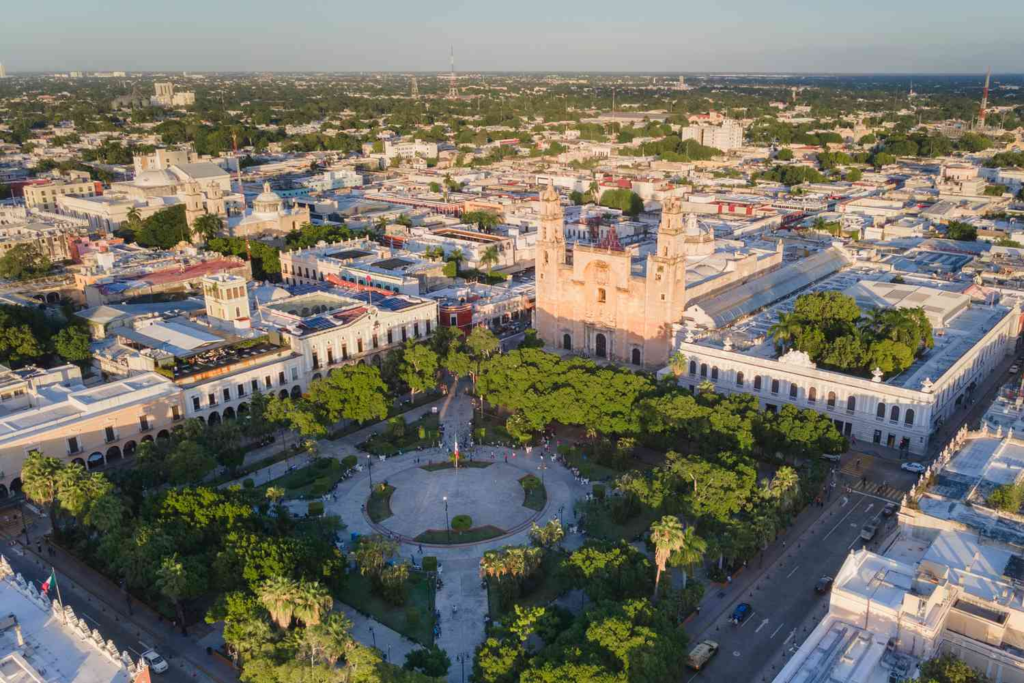
Mérida, situated in the Andes Mountains, is a charming city known for its scenic beauty and outdoor activities. It serves as a gateway to the Sierra Nevada National Park and offers stunning views of the surrounding peaks. Mérida is famous for its cable car, which is one of the longest and highest in the world, providing panoramic vistas of the Andes. The city is also known for its lively cultural scene, with festivals, markets, and traditional events.
5. Ciudad Bolívar
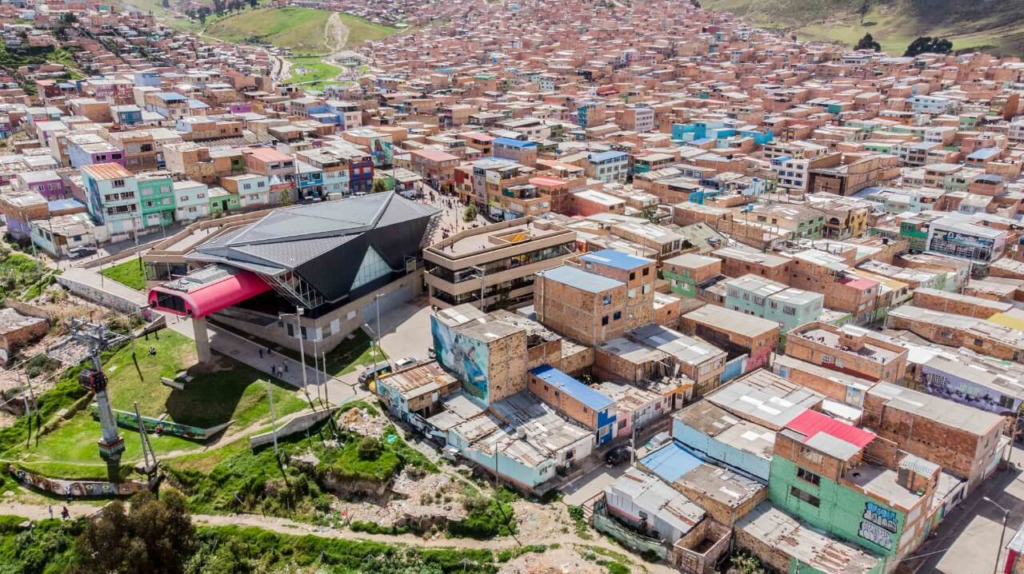
Ciudad Bolívar, named after the Venezuelan liberator Simón Bolívar, is a historic city located on the Orinoco River. The city features colonial-era architecture, including the historic Casa del Congreso and the Plaza Bolívar. Ciudad Bolívar serves as a cultural and historical center, with a vibrant atmosphere and rich heritage. Visitors can explore its historical sites, enjoy river cruises, and experience the local culture.
6. Roraima
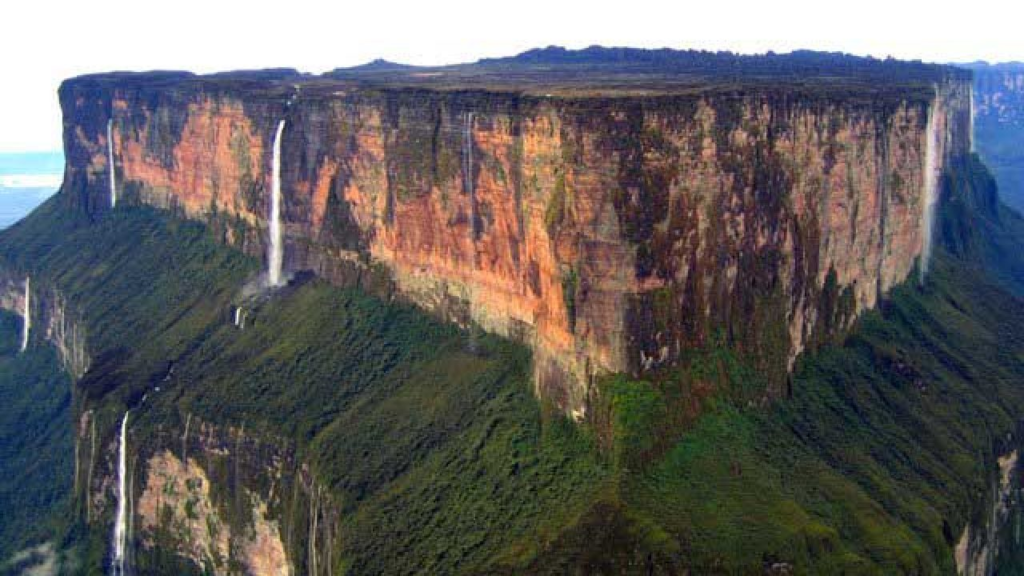
Mount Roraima, a distinctive tabletop mountain located in the Gran Sabana region, is known for its unique geological formations and biodiversity. The mountain is part of the Roraima tepui system and is a popular destination for trekkers and adventure seekers. The area around Roraima offers stunning landscapes and a chance to explore one of the most ancient rock formations on Earth. The mountain’s flat top is often shrouded in clouds, creating a mystical and otherworldly appearance.
7. Morrocoy National Park
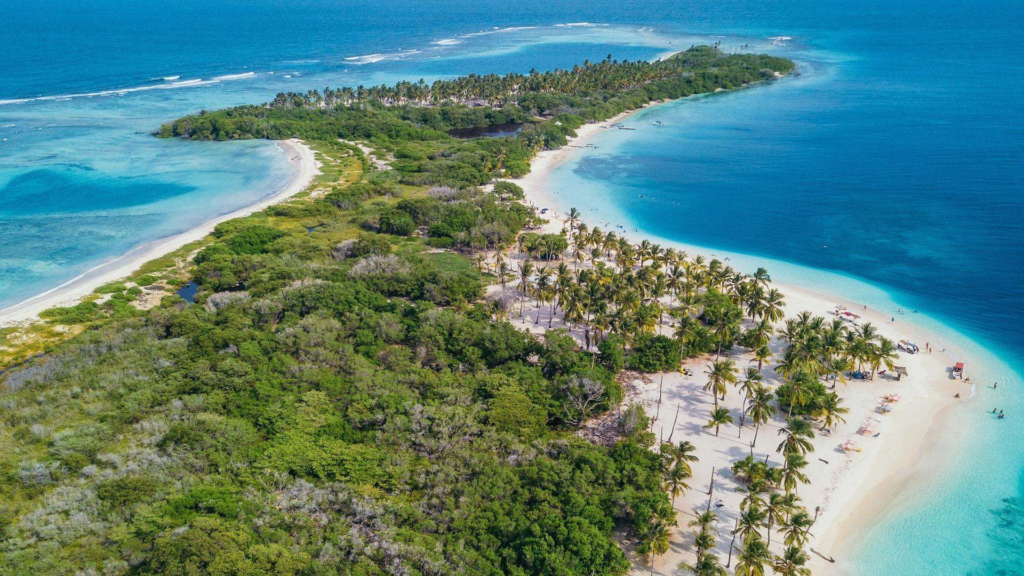
Morrocoy National Park is a coastal park known for its beautiful beaches, coral reefs, and mangrove forests. The park is located on the Falcón State coastline and offers a range of activities, including swimming, snorkeling, and birdwatching. It is a popular destination for both relaxation and nature exploration. The park’s diverse ecosystems provide a habitat for various species of birds, fish, and marine life.
8. Isla Margarita
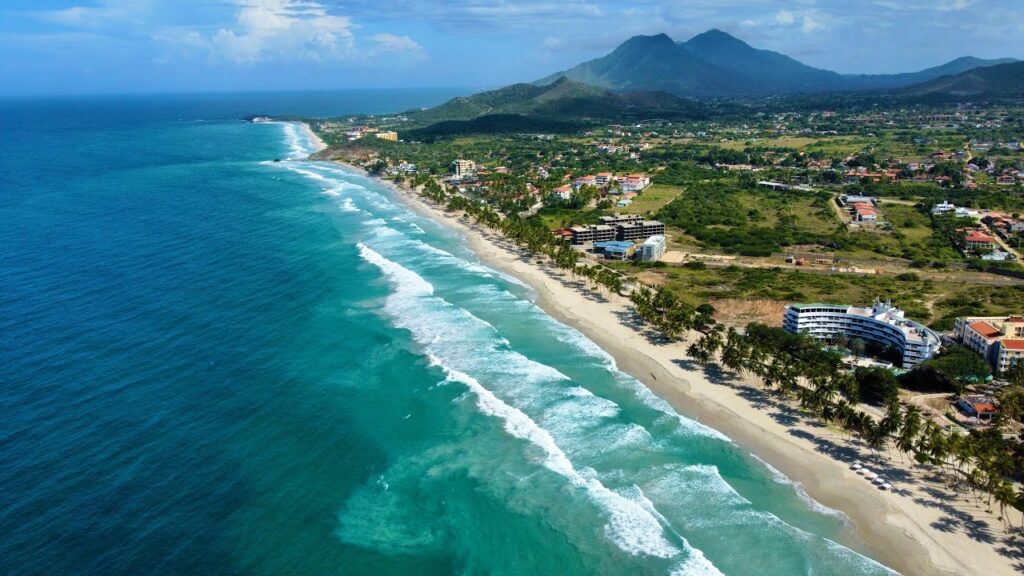
Isla Margarita, the largest island in the Venezuelan Caribbean, is a popular tourist destination known for its beaches, resorts, and vibrant nightlife. The island features beautiful sandy shores, clear waters, and a range of activities, including water sports, shopping, and dining. Isla Margarita is a great destination for a tropical getaway, offering a mix of relaxation and entertainment. Its lively atmosphere and variety of amenities make it a favorite spot for both local and international visitors.
9. Catatumbo River
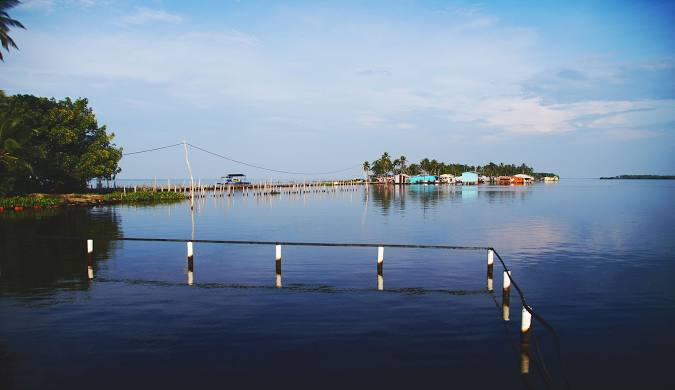
The Catatumbo River, located in western Venezuela, is famous for the Catatumbo lightning phenomenon, a natural light show that occurs over the river. This meteorological phenomenon produces continuous lightning storms that can last for hours each night, creating a dramatic and mesmerizing spectacle. The Catatumbo River region is also known for its rich natural landscapes and biodiversity, making it an intriguing destination for those interested in unique natural phenomena.
10. La Gran Sabana
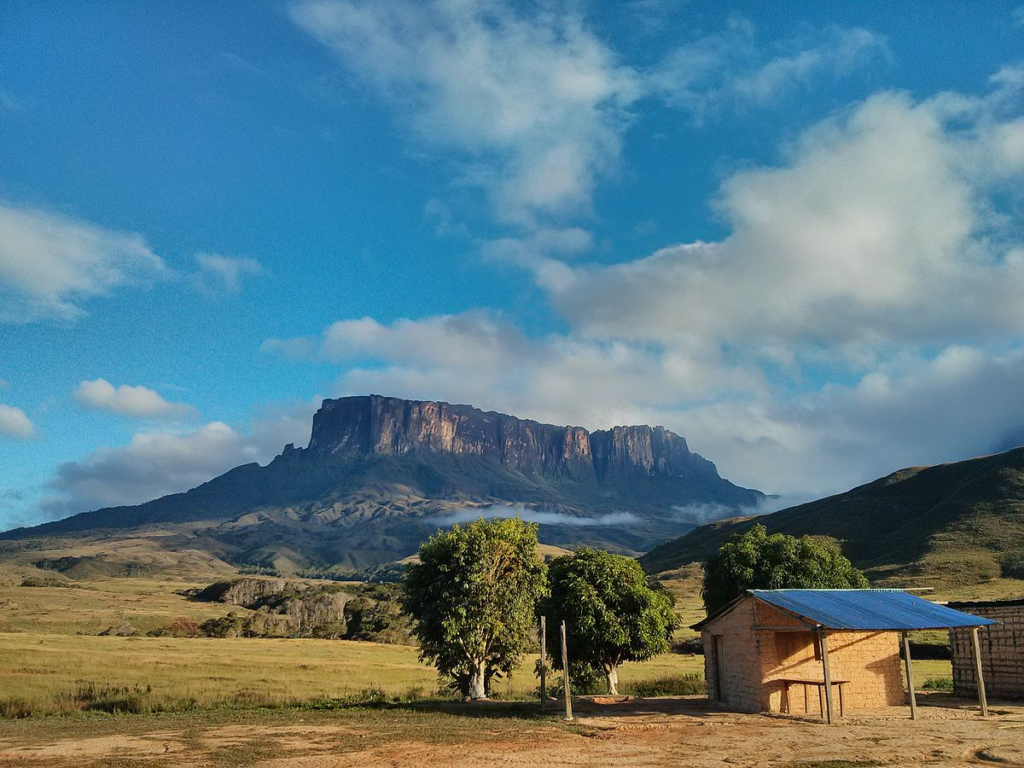
La Gran Sabana, a vast plateau in southeastern Venezuela, is known for its unique landscapes, including rolling savannas, waterfalls, and tepuis. The region is part of the Canaima National Park and offers opportunities for trekking, camping, and experiencing the indigenous cultures of the Pemon people. The area’s distinctive geological formations and diverse ecosystems provide a captivating environment for outdoor enthusiasts and nature lovers.
Culture
Venezuelan culture is a vibrant blend of indigenous traditions, African influences, and Spanish heritage. The country’s cultural expressions are reflected in its music, dance, festivals, and art. Traditional music genres such as joropo, a style of folk music and dance from the Llanos region, and gaita, a festive music style from the Zulia State, are integral to Venezuelan culture and are often performed during festivals and celebrations.
Spanish is the official language of Venezuela, but indigenous languages such as Wayuu, Pemon, and Warao are also spoken. Venezuelan cuisine is diverse and flavorful, featuring dishes such as arepas (cornmeal cakes), pabellón criollo (shredded beef with rice and beans), and cachapas (corn pancakes). The country’s culinary traditions reflect its multicultural influences and rich agricultural heritage.
Venezuelan art and craftsmanship are also notable, with traditional crafts including woven textiles, pottery, and jewelry. These artisanal products often incorporate indigenous designs and techniques, showcasing the country’s rich cultural history and creative expressions.
Festivals
Venezuela is renowned for its lively festivals, which celebrate the country’s cultural diversity and traditions. One of the most famous festivals is the Carnaval de El Callao, held in the town of El Callao. This vibrant celebration features colorful parades, traditional music, and elaborate costumes, reflecting the African heritage of the region. The festival’s energetic atmosphere and festive spirit make it a highlight of Venezuela’s cultural calendar.
Another significant festival is the Fiesta de la Virgen de la Chiquinquirá, held in Maracaibo in early December. This religious festival honors the patron saint of Zulia State and includes processions, fireworks, and traditional music. The festival showcases Venezuela’s deep-rooted religious and cultural traditions, with a focus on community celebration and spiritual devotion.
Economy
Venezuela’s economy is heavily dependent on its oil industry, which has historically been the main source of revenue for the country. The oil sector contributes significantly to Venezuela’s GDP and export earnings, making it a critical component of the national economy. The country possesses some of the largest oil reserves in the world, and its oil production and export activities play a crucial role in shaping the global oil market.
However, the Venezuelan economy has faced significant challenges in recent years, including fluctuating oil prices, political instability, and economic mismanagement. These issues have led to a severe
economic crisis, characterized by hyperinflation, shortages of essential goods, and a decline in living standards. The country’s economic difficulties have had a profound impact on its social and political landscape, with ongoing efforts to address the crisis and stabilize the economy.
Cuisine
Venezuelan cuisine is a flavorful mix of indigenous, African, and Spanish influences. One of the country’s most iconic dishes is the arepa, a versatile cornmeal cake that can be filled with a variety of ingredients, such as cheese, meat, or beans. Arepas are a staple food in Venezuela and are enjoyed at all times of the day.
Another popular dish is pabellón criollo, which consists of shredded beef, black beans, rice, and fried plantains. This traditional dish is often served during festive occasions and is a symbol of Venezuelan culinary heritage. Cachapas, sweet corn pancakes, and hallacas, a type of tamale made with corn dough and various fillings, are also beloved dishes that reflect the country’s diverse food culture.
Top Eight Most Famous Food
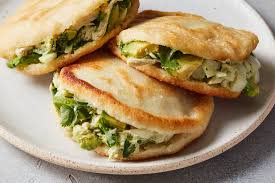
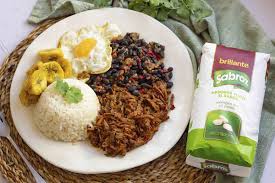
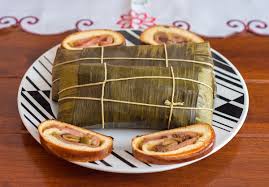
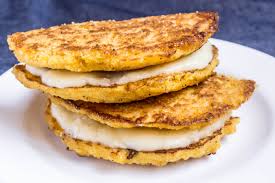

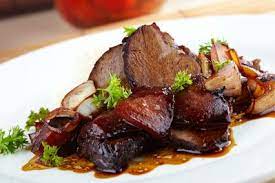
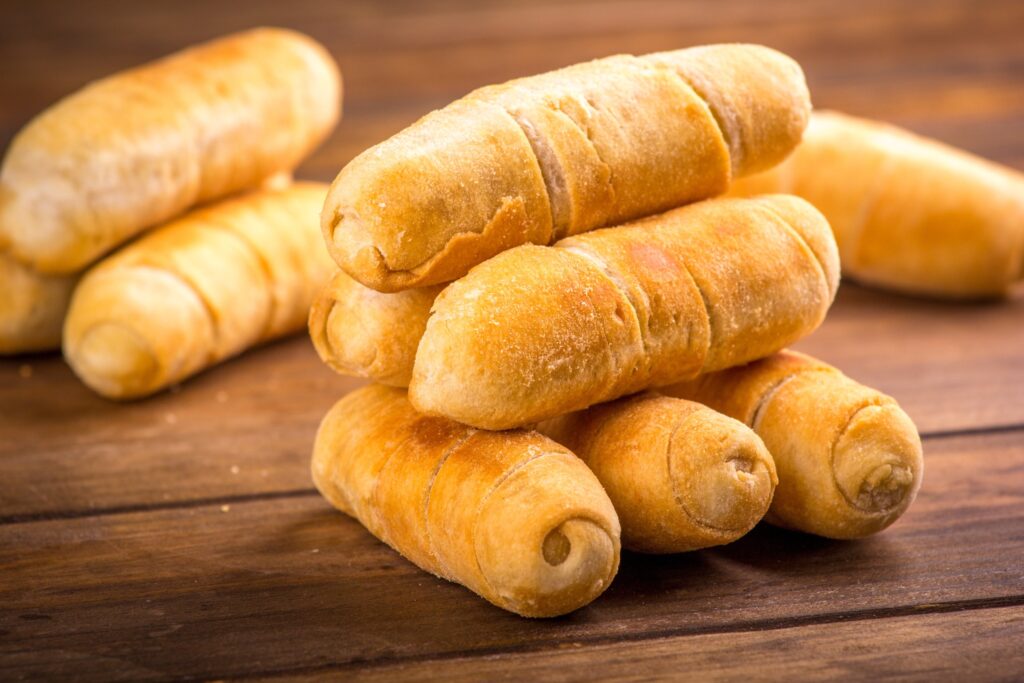
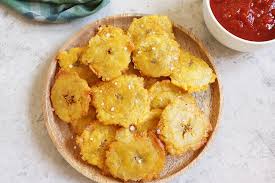
Interesting Facts
- Venezuela is home to Angel Falls, the world’s highest uninterrupted waterfall.
- The country has some of the largest oil reserves globally, making its oil industry a major economic driver.
- Venezuela’s Los Roques Archipelago is known for its stunning coral reefs and crystal-clear waters.
- The Catatumbo lightning phenomenon is a natural light show that occurs over the Catatumbo River.
- Venezuela has a diverse climate, ranging from tropical lowlands to temperate highlands.
- The country’s national dish, pabellón criollo, combines beef, rice, black beans, and plantains.
- Mount Roraima, a distinctive tabletop mountain, is one of the oldest rock formations on Earth.
- Venezuela is known for its vibrant festivals, including the Carnaval de El Callao and Fiesta de la Virgen de la Chiquinquirá.
- The country’s Andes Mountains feature Pico Bolívar, the highest peak in Venezuela.
- Venezuela’s cultural heritage includes a rich tradition of music and dance, including genres such as joropo and gaita.
Conclusion
Venezuela is a country of striking contrasts and remarkable beauty, offering a wealth of experiences for those who seek to explore its natural wonders and cultural treasures. From the awe-inspiring Angel Falls to the vibrant festivals and diverse cuisine, Venezuela provides a unique and unforgettable travel experience. Despite the challenges it faces, the country’s rich heritage and stunning landscapes continue to captivate and inspire visitors from around the world.
let’s enjoy few years on earth with peace and happiness….✍🏼🙏

